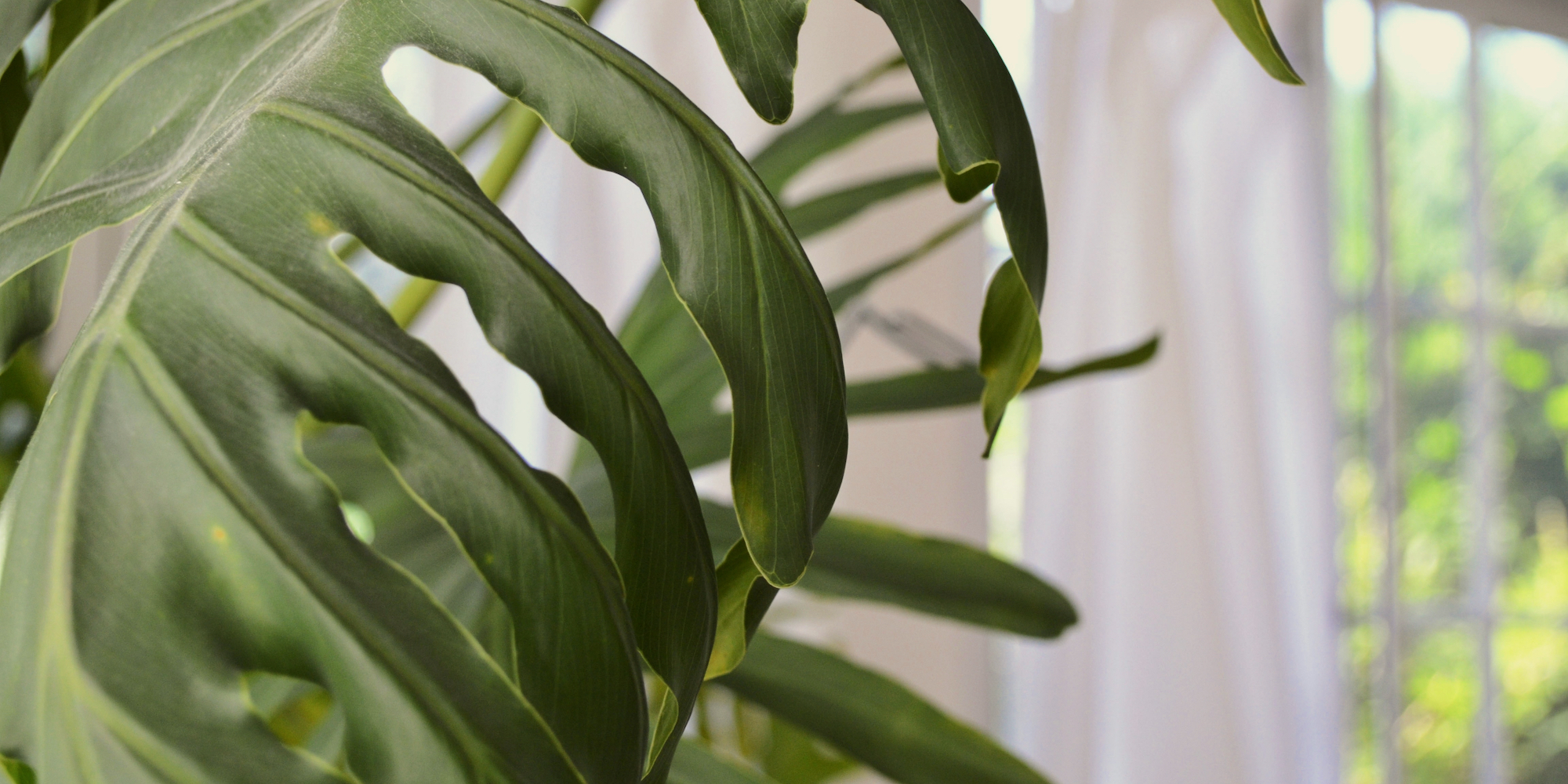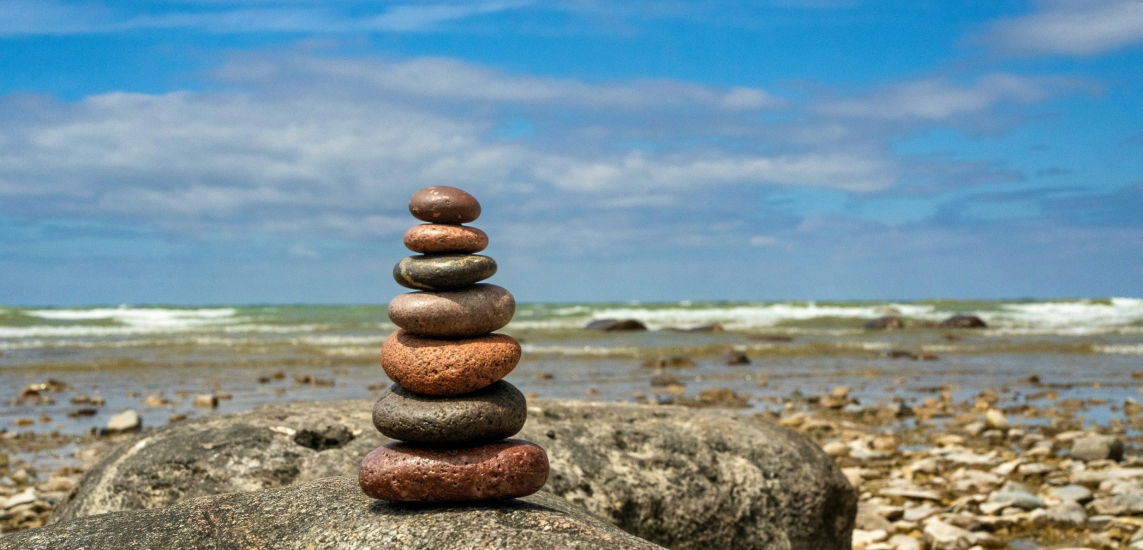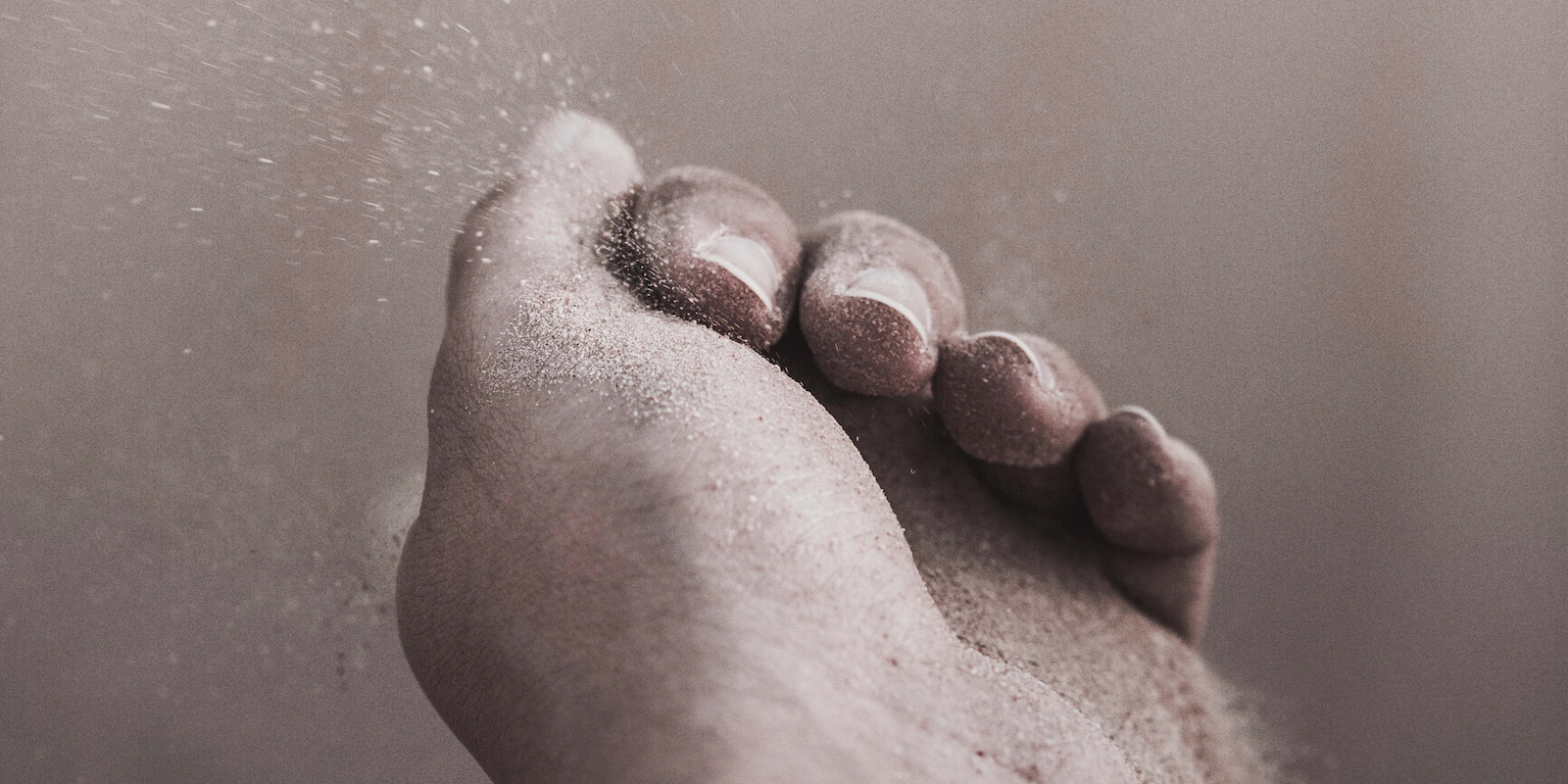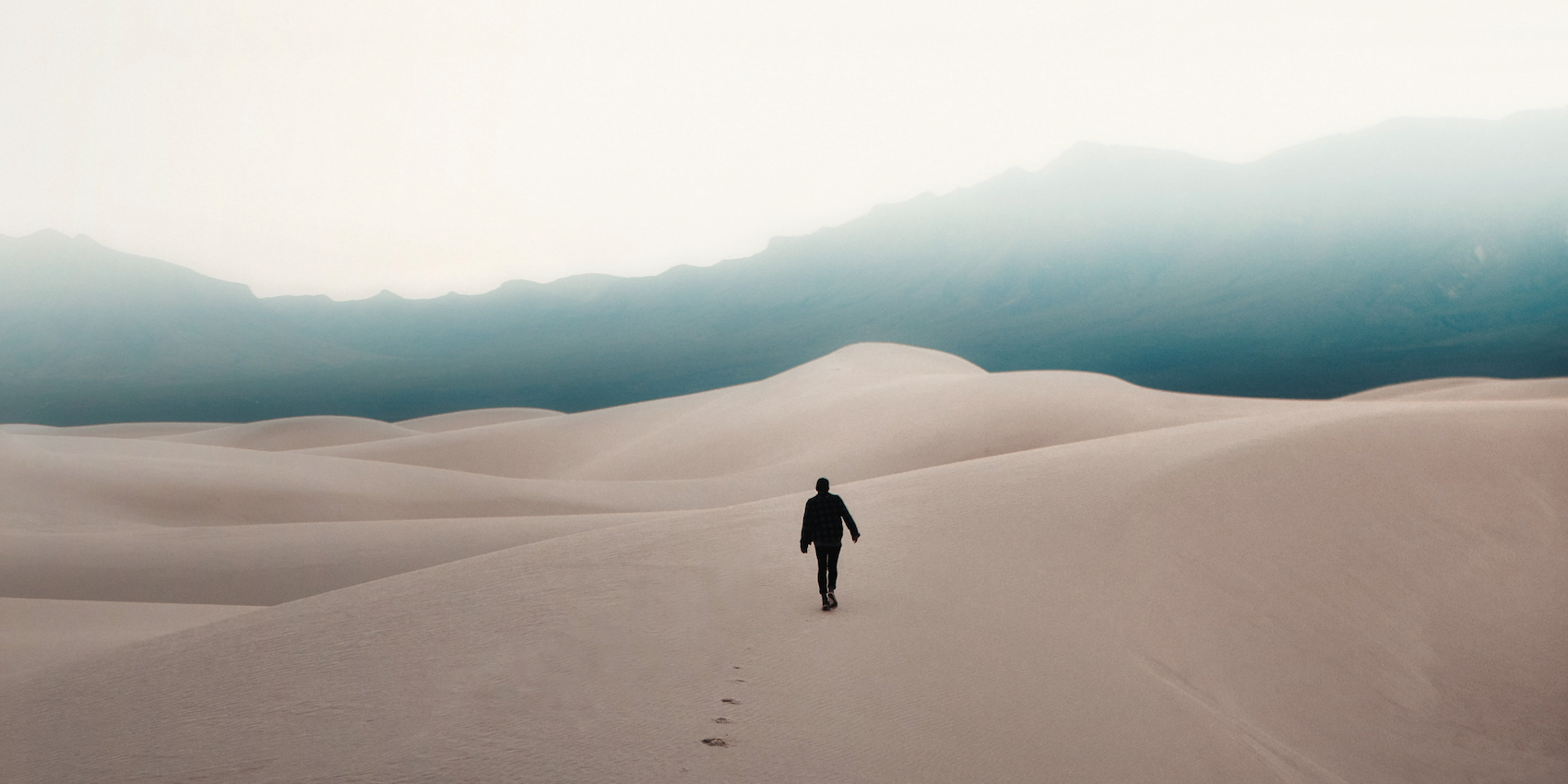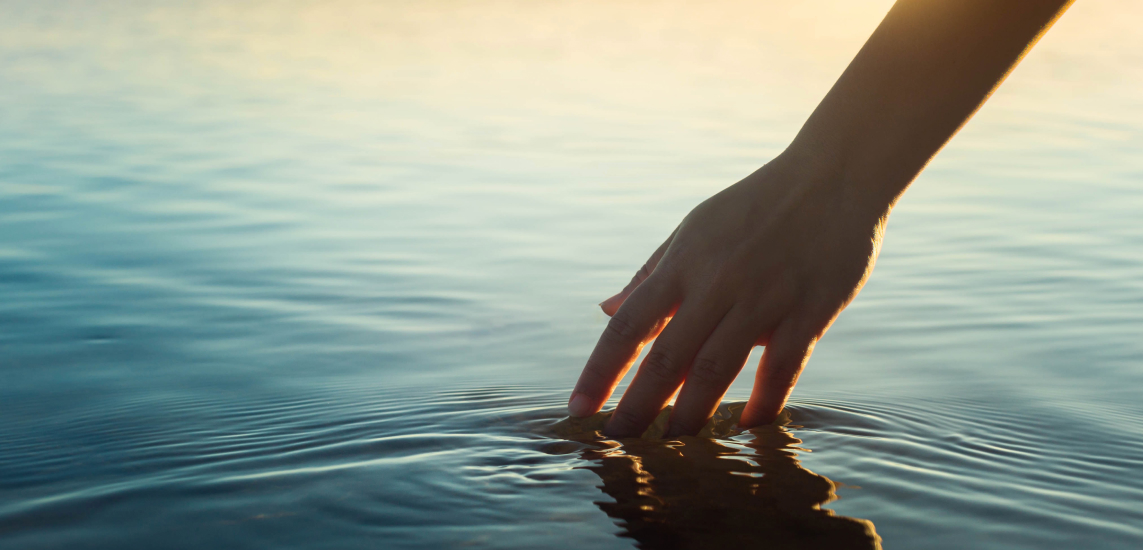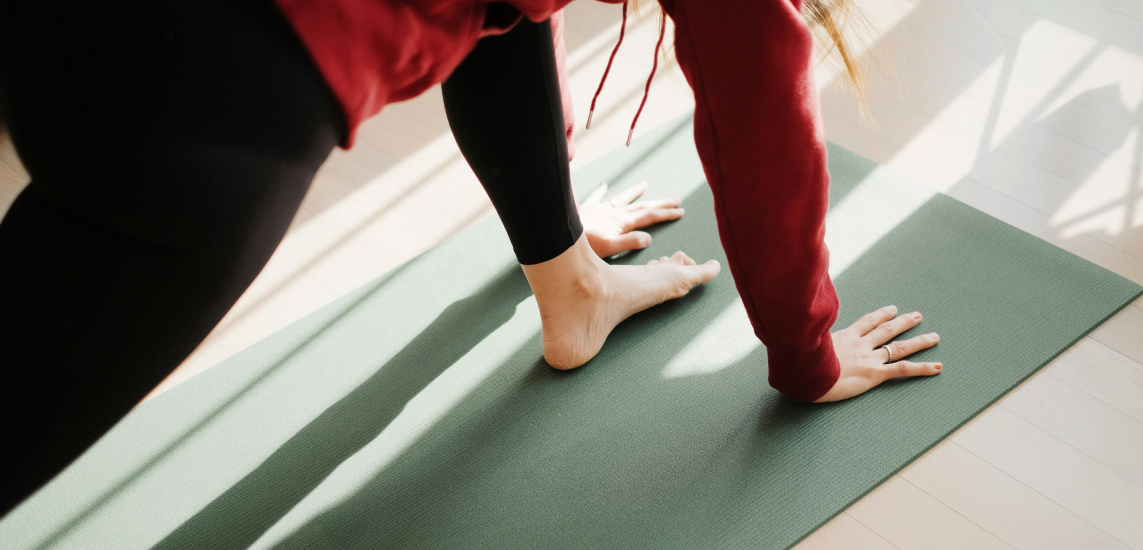As Blaise Pascal famously mused in the 17th century age of enlightenment, “All of humanity’s problems stem from man’s inability to sit quietly in a room alone.” Being alone is difficult, yet presents us with an extraordinary opportunity for personal growth. In this time of quarantine, we have the option to agonize over cabin fever or to tackle it head on. It’s possible to be with ourselves, without the accompanying suffering.
What Is Cabin Fever? The Research Behind It
Experts are hesitant to label cabin fever as a disorder. Extreme cases are more often classified as depression, seasonal affective disorder (SAD), or claustrophobia. Whether we’re just lonely and bored, or dealing with a mental illness, cabin fever is very real for the one who’s experiencing it. The semantics of “disease, disorder, or syndrome” aside, there’s no doubt that solitary confinement, or even confinement alongside our closest family, changes the brain.
It’s long been known that isolation causes us socially-dependent human beings to go a little bonkers. Early pioneers in the American West called it prairie madness. Settlers often suffered mental breakdowns after months or years of isolation on the desolate prairie landscape, 20 miles or more from one’s nearest neighbors. The term cabin fever dates back to the early 1900’s and the Alaskan gold rush when early explorers would shut in for the entirety of the dark and cold winters. Later in the 20th century, the term stir-crazy arose alongside the US punitive system; it described the mental illness that developed after a long imprisonment.
The Effects Of Social Isolation On Our Brains
While there’s not a lot of research on cabin fever per se, there have been several studies done on the effects of social isolation on the human brain. Our brains are wired for social connection, an evolutionary advantage for animals like us who live cooperatively within societies.
It turns out chronic isolation triggers a decrease in the hippocampus, the area of our brains that is tied to memory and spatial awareness. The stress of isolation decreases the plasticity of the hippocampus and eventually, as no new neurons are formed, the hippocampus ceases to function. In its place, we see increased activity in the amygdala, the area of the brain in which we experience anxiety and fear, and where our reaction to stimuli is regulated.
Studies demonstrate that when we are isolated, the brain tries to preserve hippocampal activity by triggering areas that motivate us to seek out social interaction. Researchers liken this response to the benefit of hunger in keeping us fed. We need social interaction to survive.
Read more on our blog about the effects of quarantine on our brains and how to cope with it.
The literature on solitary confinement is quite clear, social isolation can lead to psychiatric disturbance and agitated, confused states. In the worst cases, severe delirium, hallucinations, and paranoia lead to (often self-directed) violence. This extreme chain of events was the basis for cinema’s ultimate cabin fever breakdown, 1980’s The Shining.
Not all of us react the same way to being alone. Participants in one study defined cabin fever as “wanting to own a cabin in the wilderness.” Others see the Covid-19 quarantines as an opportunity to clean their homes, take up a new hobby, work on a creative project, or organize their closets.
So why do some welcome the quiet while others abhor it? The science on loneliness is burgeoning thanks in part to an interest in caring for a growing elderly population that often finds themselves without living family or friends. Answers, however, are not always simple.
Loneliness occurs in some who are surrounded by loved ones, and not at all in some who are quite literally alone. As one study’s author noted, “It may be simplistic to suggest to people who are lonely that they should try to interact more with others.” Tackling cabin fever begins with awareness of your experience.
Symptoms Of Cabin Fever
When the relative quiet and spaciousness of self-isolation causes mild or extreme discomfort, cabin fever has become a problem. It manifests in one or several of the following ways…
Boredom
Several participants in the above referenced study on cabin fever defined their struggle as a reaction to “lack of stimulation.” Not only do we have unprecedented amounts of leisure time these days, but in our current culture of instant gratification and continual stimulation, we no longer know how to react when faced with lack of external stimuli.
The word boredom didn’t appear in the English lexicon until the mid-19th century. Until the industrial revolution, people felt tediousness or monotony, but apparently not boredom. According to the authors of Bored Lonely Angry Stupid, “People expected feelings of empty time and accepted them as part and parcel of being human.” Our perception of down-time changed when we no longer had to toil the fields all day just to survive, when radios began filling our living rooms with continual background noise, followed by television, and now our smartphones.
Boredom can lead to lack of enthusiasm. No matter what one suggests, activity ceases to sound appealing and we enter the great black hole of laziness. Boredom also causes us to crave food, as we seek to fill the void and discomfort of wide open space.
Restlessness
Restlessness is that uncomfortable feeling of wanting to get up and move, but feeling like you can’t. It’s tapping your fingers and toes, or shaking your leg as you sit. Restlessness can manifest as a high level of distractibility or trouble staying focused. It can show up as sleeplessness, causing us to toss and turn all night.
Our restlessness may or may not be new, but in the quiet of at-home life, it feels bigger and more unruly as the habits we use to mask our agitation are no longer available. Restlessness stems from dissatisfaction with our current situation, and ultimately, with ourselves.
Restless energies ride on our prana and can manifest in body and mind. The particular disquietude of restlessness is referred to by meditators as auddhatya. The Sanskrit word means “to shake.” It’s among the classic five hindrances to our meditation. It’s the compulsion of our mind to be drawn towards exciting objects, and by extension, an aversion to quietude.
Reactivity
Cabin fever can lead to hyperresponsiveness to even the subtlest of stimuli in one’s environment. The small noises your roommate makes when she eats begin to drive you crazy. You become irritable and impatient. In the extreme, reactivity causes you to distrust others. You might even question the reality of the situation you’re in, or develop paranoia.
Extreme reactivity can lead to an urge to go outside even when unsafe. In the traditional sense of cabin fever, this could mean trying to walk to a neighbour’s house through freezing temperatures, ice or snow. Today, these urges result in refusal to comply with social distancing, or placing yourself in social or work situations that you know aren’t safe.
While each of the above symptoms are different, they all relate back to the same thing; our inability to sit quietly in a room by ourselves. Getting online to chat with our friends, turning on the television, or taking a sleeping aid for a good night’s rest provide momentary relief at best. To address the underlying causes of cabin fever, we need not to seek relief outside ourselves, we need to turn within.
The Spiritual Cure To Cabin Fever
Through awareness, we can use our experience of cabin fever to transform our perspective and grow.
Read more: Explore how to create a retreat at home and make it your own sanctuary.
1. Transform Loneliness To Alone-ness
While loneliness is the imposition of social isolation, alone-ness is the choice to be alone. Not everyone views solitude as a negative thing. Being reclusive has long been romanticised as a deeply creative time, a time in which we develop greater wisdom, a time to connect to the divine.
It’s not until we’re alone that we’re able to clearly see who we are. We can use this time at home to further explore what it is that we notice. This is an ideal time for mindfulness, meditation, and deep introspection.
While social isolation decreases activity in the hippocampus of the brain, meditation increases neuronal connections in this same area. Meditation also decreases activity in the amygdala, with effects that resonate beyond the meditative state.
Thus, meditation, pranayama and mindfulness exercises will not only help ease your cabin fever, but will make your brain more resilient to cabin fever in the first place.
Begin your practice with this collection of guided meditations for coping with loneliness, social isolation and boredom:
- Being The Calm Center For Yourself & Others The Living Point
- Make Isolation A True Friend (Lecture) Lama Brian Hilliard
- Addressing Feelings Of Loneliness & Isolation Jen Knox
- Banishing Boredom Paul David
- Soften the Sting of Loneliness Tatum Fjerstad
- Maintain Connection Amid Social Isolation Tommy Carr
- Connection In Times Of Social Distancing April Wagner
- Social Distancing & Self Distancing | An Opportunity In Crisis Dhyanse Meditation
2. Transform Boredom To Opportunity
Even boredom has its benefits, as it motivates us to create new goals and seek out new experiences that would have otherwise been missed. Boredom is an opportunity through which we are able to become more creative…if we can sit with it versus avoiding it.
While ‘staying busy,’ or engaging in screen time passes the time, it does very little for our creative minds and our ability to grow from boredom. It’s not surprising that studies show we increasingly reach for our smartphones when we’re bored, but less obvious studies indicate that looking at our phones fails to relieve boredom, and can even increase it.
Binge-watching Netflix seems like a relief at the time, yet those who watch more than three hours of television per day report more sleepless nights. Greater screen time is associated with higher instances of loneliness and depression.
When we turn to a screen to relieve boredom, we exasperate the very condition we’re seeking relief from. By not allowing the mind to wander we fail to reap the benefits of boredom, and become increasingly bored.
To battle boredom, build structure into your days and maintain a circadian rhythm. It helps to follow a regular sleep schedule, eat healthy foods at the usual times and exercise. Once you have the basics in place, find ways to engage your brain that entail goal setting or creativity, building new neuronal connections.
Read more: Discover Elliott Dacher’s reflection about shifting inwards during quarantine.
3. Transform “Woe Is Me” To “What About You?”
When we’re struggling with cabin fever we’re thinking about ourselves. The spiritual solution is not to think harder about ourselves and what we wish were different, but to think instead of others.
Getting out of self gets us out of our suffering. We understand this by remembering the times in life when we were the most overwhelmed with happiness. These are the times in which we experienced a loss of self as we instead were consumed with awe, wonder or the happiness of others whom we love and care for.
One helpful way to transform self-pity into positivity is to work with gratitude. A simple gratitude list has the ability to transform cabin fever. Intentionally giving thanks for shelter, food, our health, an ongoing job, family or roommates and housepets can help us remember that not everyone has such luxuries in emergency situations.
Studies show gratitude correlates with well-being, helps us sleep better and makes us happier and more satisfied with our lives. The happier we are, the more we naturally want to share it with others. The more we focus on easing the suffering of others, by default, we ease our own.
4. Transform Uncertainty To Acceptance
On the 19th century American plaines, those who remained the most attached to the way of life they left behind on the east coast suffered greatly. Studies of aging seniors demonstrate that those who are quickest to accept the changes in their lives, are also those who are happiest and most satisfied with their quality of life.
To wish things were different from how they are is understandable, but those who are able to accept the present moment find it much easier to avoid painful feelings of lost inertia.
While times are always uncertain, for most of our lives we’ve been lulled into forgetting that simple truth. As routines are disrupted and future events are put on hold worldwide, lingering in what could have been or what should have been or what used to be takes us out of the present moment and into a world that simply doesn’t exist.
We don’t have to like our current situation, but the sooner we can come to a place of acceptance, the more we can productively focus on what’s indeed within our control. When we wish the world around us was different, the most assured way to effect change is to change our own minds, our reaction to that world, and our actions within it.
By using our time at home wisely, and working on productive restructuring of our minds, we’ll build the resilience, creativity, and compassion that’s needed to carry us through these strange times and cabin fever.

